|
The village of Proville was captured on 8-9 October 1918 and the cemetery was made in the same month by the 61st Division and the 8th North Staffords. It was increased after the Armistice when 21 graves were brought in from the battlefields west of Cambrai. The dates of death are from the 20th September to the 19th October. Proville British Cemetery now contains 149 First World War burials, 27 of them unidentified.
0 Comments
Raillencourt was carried by the Canadian Corps on the 28th and 29th September 1918, in the Battle of the Canal du Nord. St. Olle British Cemetery was made by the Canadian Corps in October 1918. Total Burials 97.
Porte-de-Paris Cemetery in Cambrai is the more modern of the two town cemeteries. A great part of it was used by the enemy for the burial of German and Allied dead during the War, and a large German obelisk was erected. The German graves were removed after the war. Total burials 119.
Drummond Cemetery was made by the Canadian Corps in October 1918. The cemetery was named from Lieut. J R Drummond, R.A.F., who was the first to be buried in it. The cemetery contains 88 Commonwealth burials of the First World War and three German graves.
The name is due to a switch line from the Cambrai-Douai railway which ran in September 1918, to a large German supply dump on the site of the mill 800 metres North-West of the cemetery. Mill Switch British Cemetery contains 107 burials.
Sucrerie Cemetery, Épinoy contains 100 burials and commemorations of the First World War (mainly 6th York and Lancasters, 5th Dorsets and 11th Manchesters). Five of the burials are unidentified but there is a special memorial to one soldier believed to be buried in one of them.
In September 1916, the 34th and 2/2nd London Casualty Clearing Stations were established at this point, known to the troops as Grove Town, to deal with casualties from the Somme battlefields. Grove Town Cemetery contains 1,397 First World War burials.
Meaulte Military Cemetery contains 311 burials and commemorations of the First World War. 21 of the burials are unidentified but special memorials (three of which are in Row E) are erected to eleven casualties believed to be buried among them.
Bazentin-le-Petit Military Cemetery was begun at the end of July 1916 and used as a front-line cemetery until May 1917. It contains 182 First World War burials, 14 of them unidentified.
The village of Morlancourt was a quiet place used by field ambulances in 1916, but at the end of March 1918, it was captured by the Germans. Morlancourt British Cemetery No. 1 contains 75 burials of which 4 are unidentified.
|
Visit our World War Two Blog. Archives
September 2019
Categories |
World War Two Cemeteries
Please ask permission if you wish to use any of our images by using the contact tab above
© COPYRIGHT TERENCE HEARD AND BRENT WHITTAM
2005-2023 ALL RIGHTS RESERVED.
Disclaimer
The casualty numbers for each cemetery and G. P. S. Coordinates are taken from the C. W. G. C. site. We are aware that there can be discrepancies in the burial numbers quoted due to rededication burials.

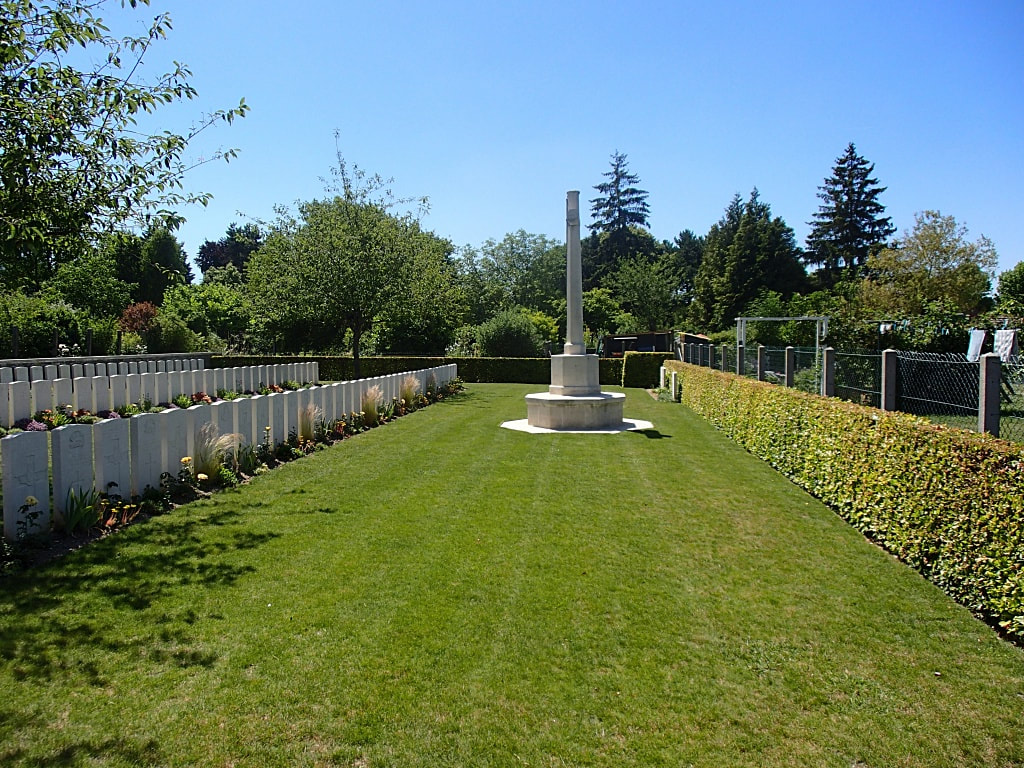
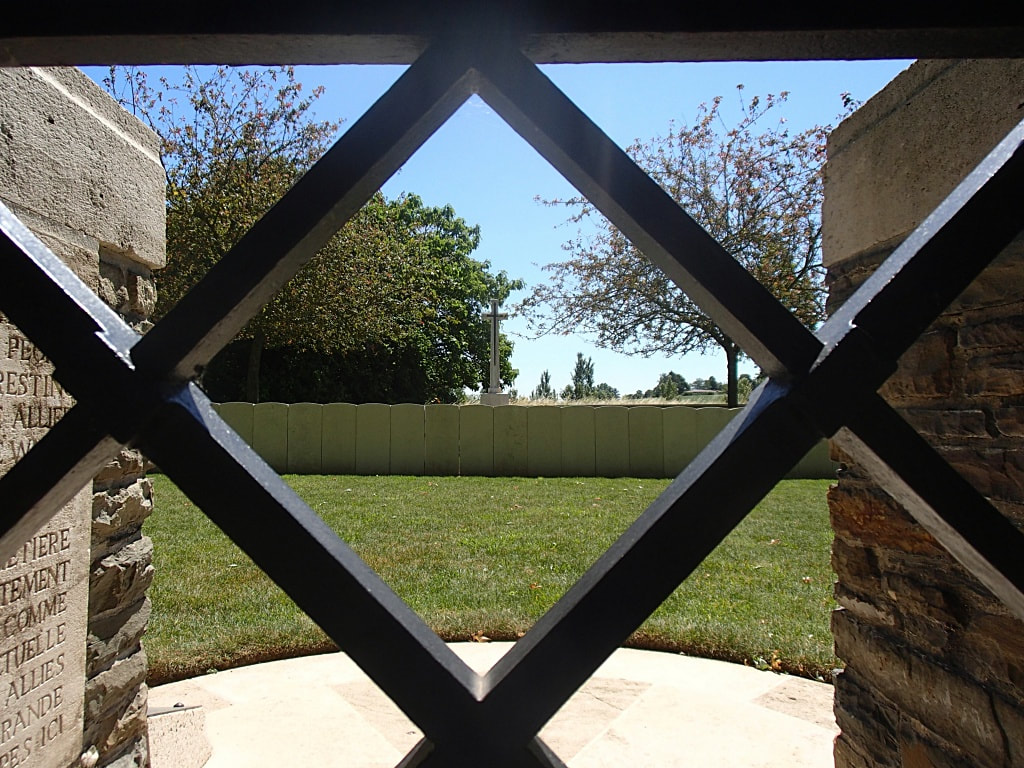
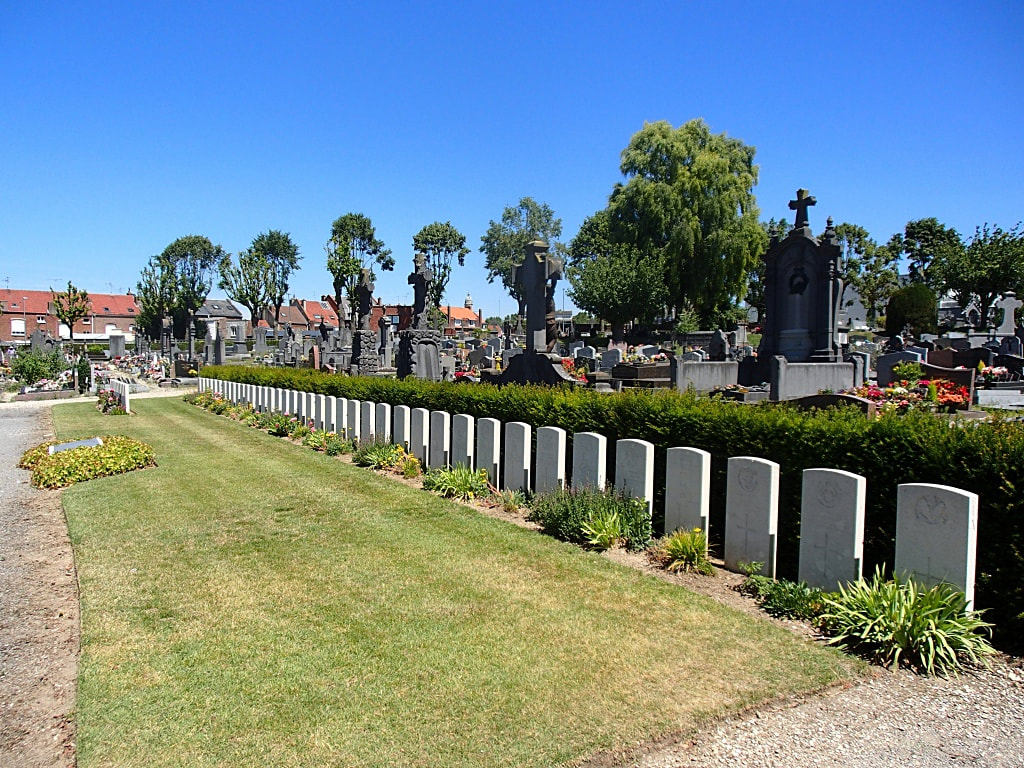
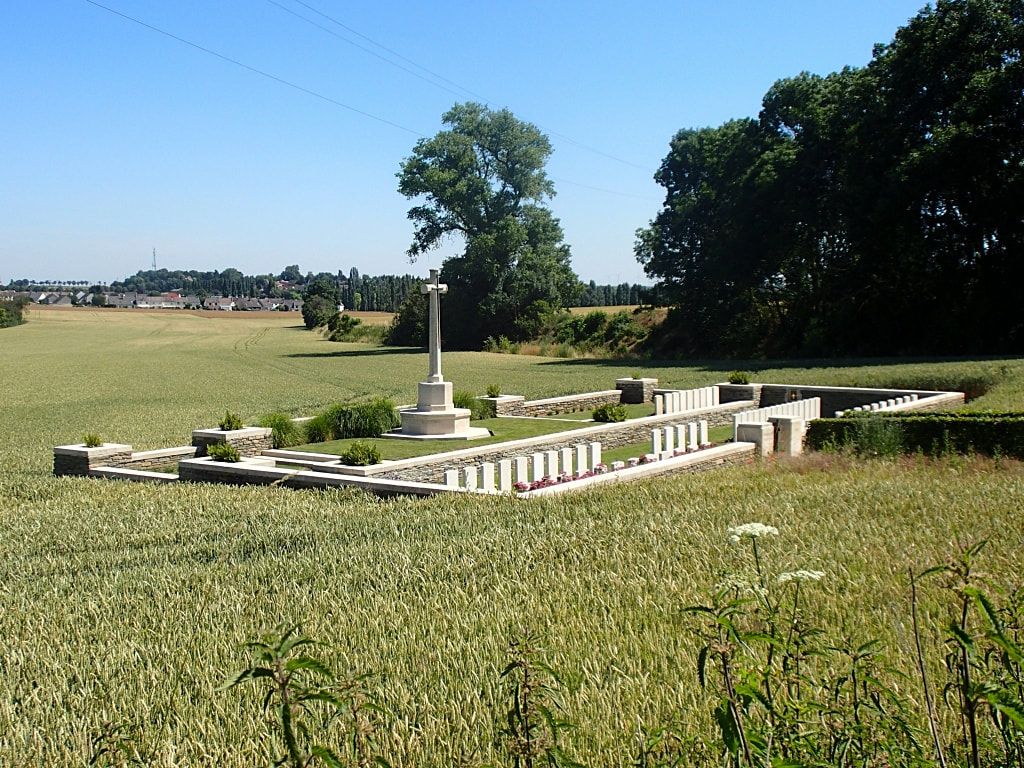
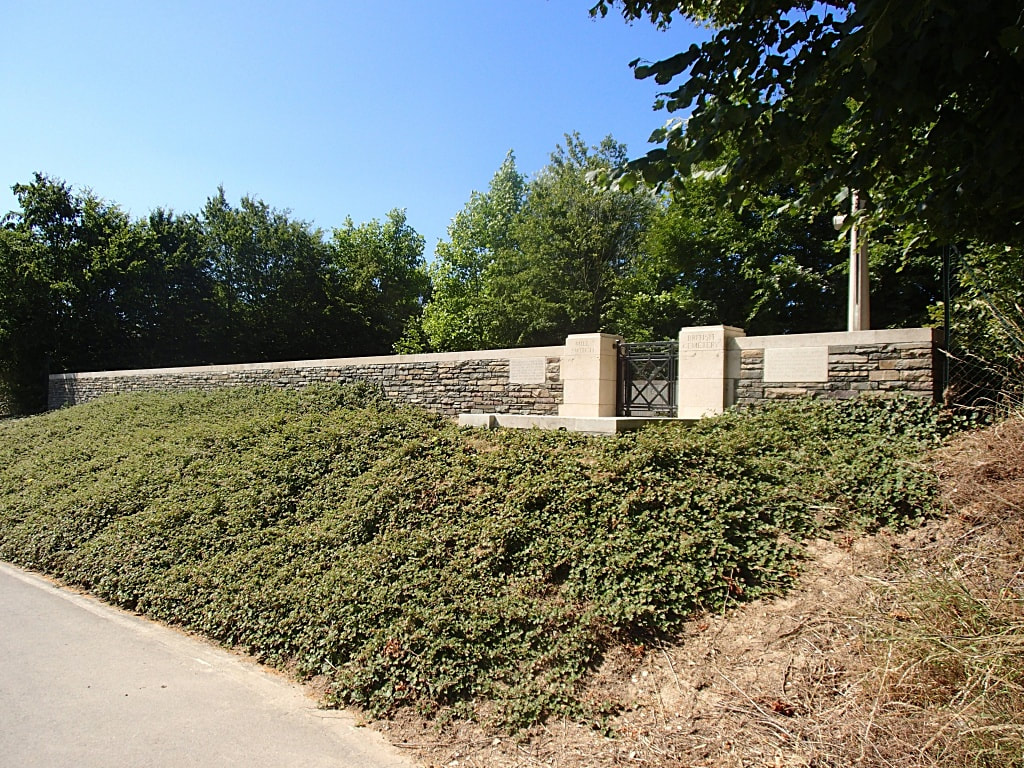
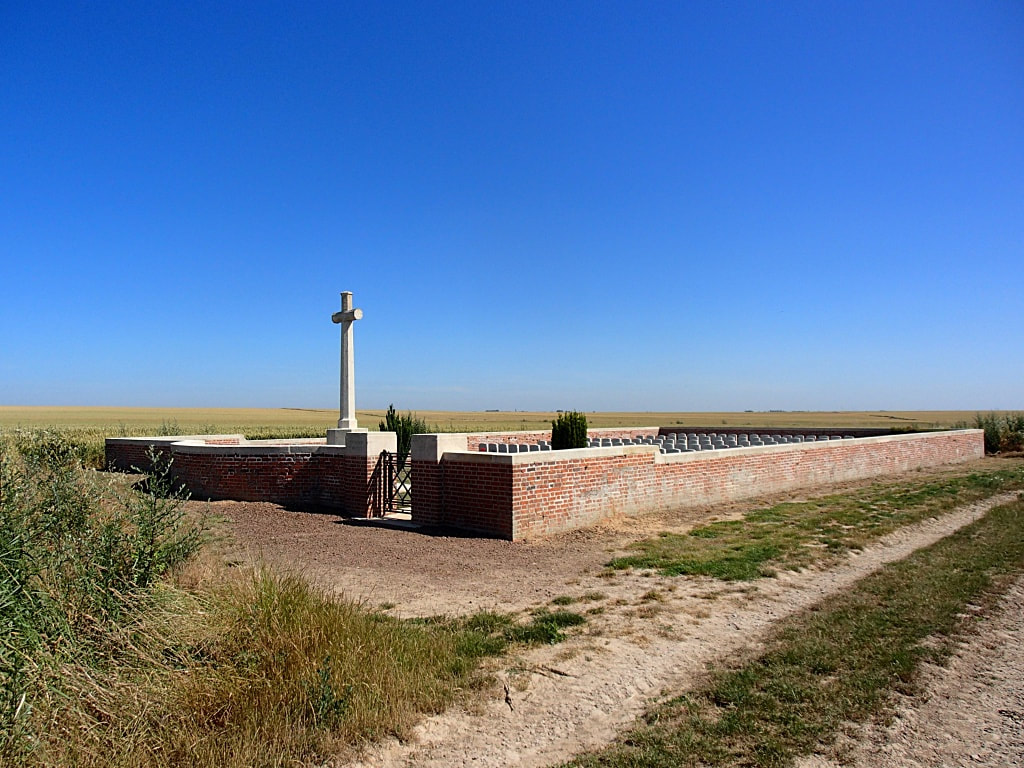
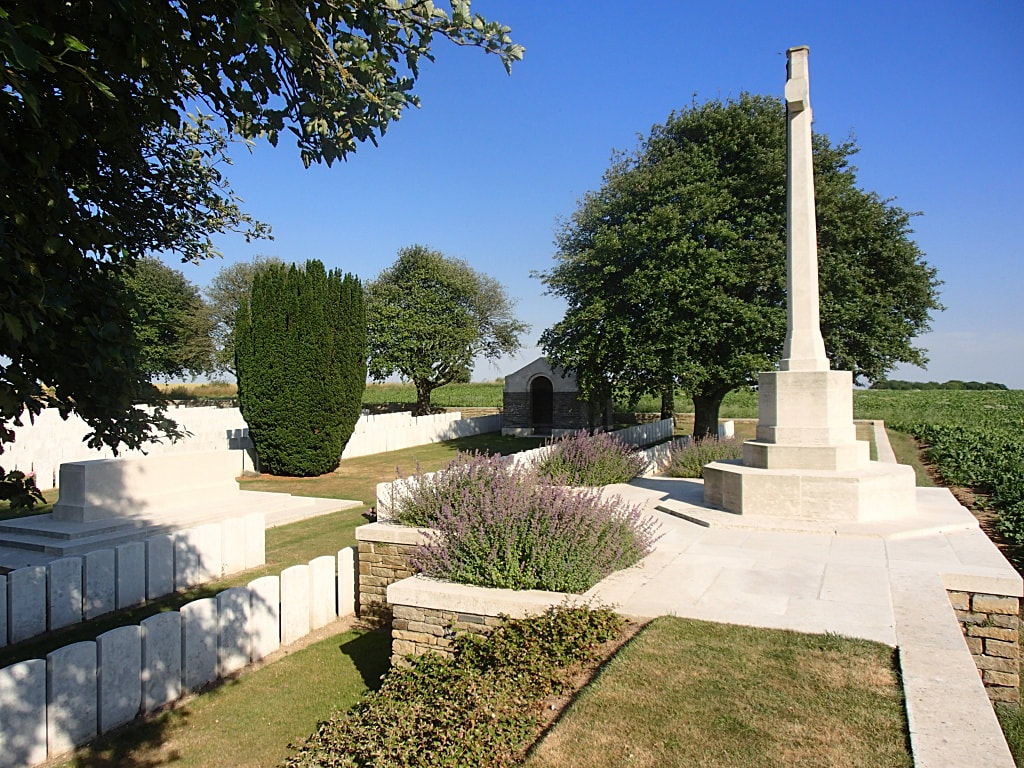
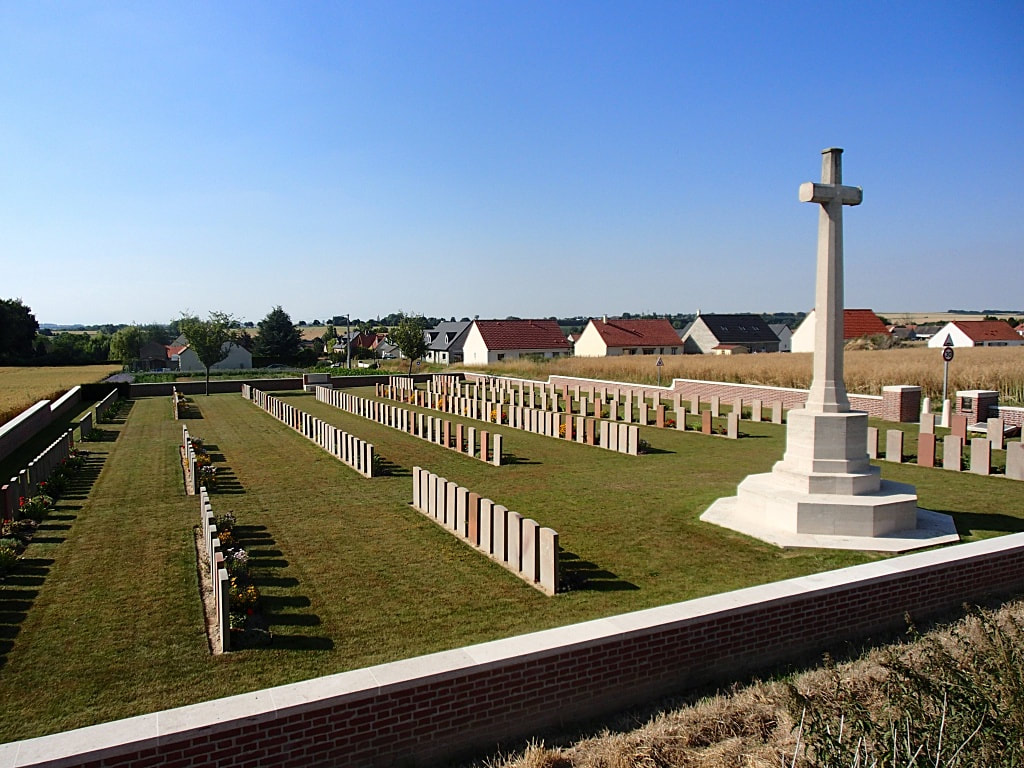
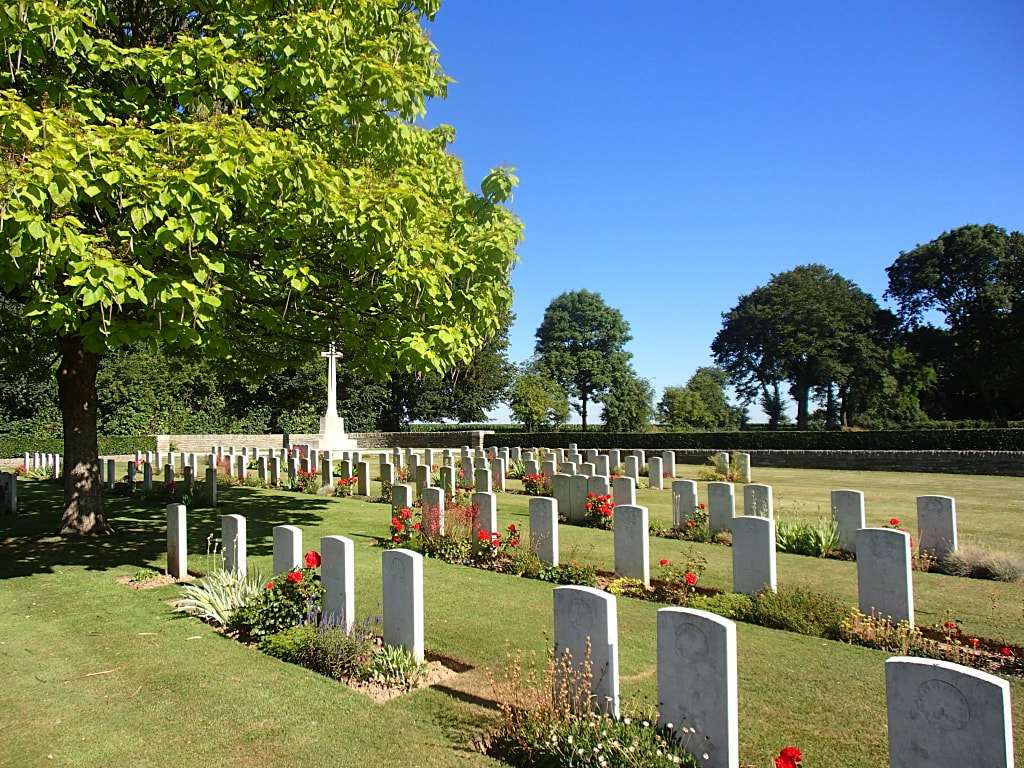
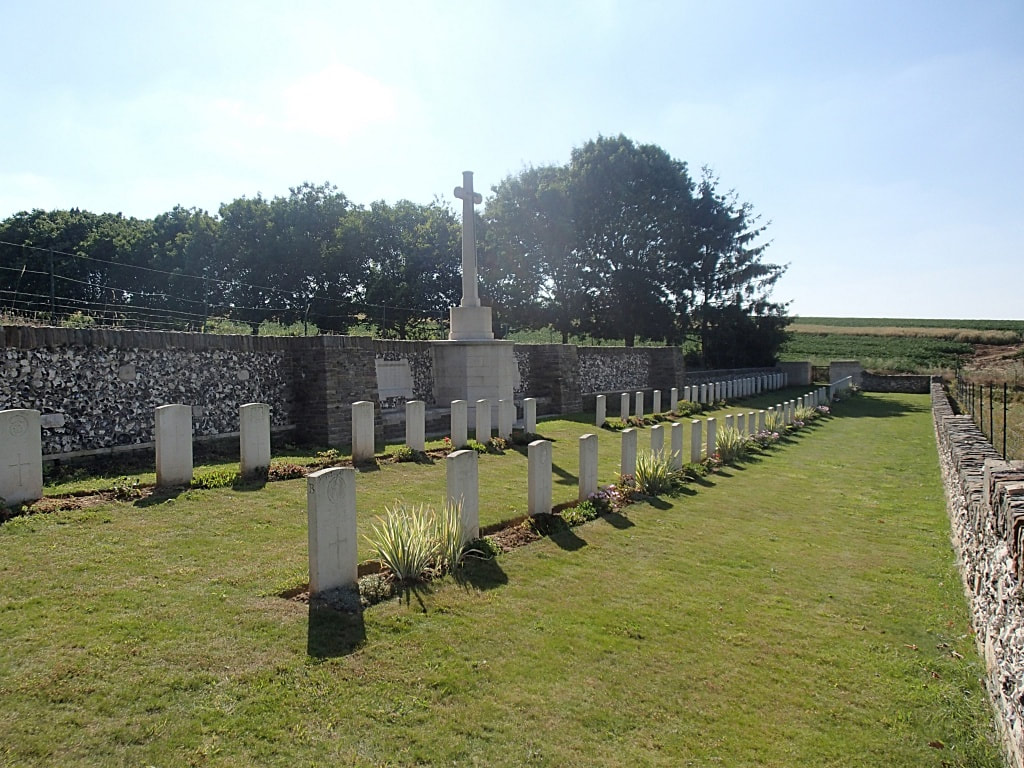
 RSS Feed
RSS Feed



